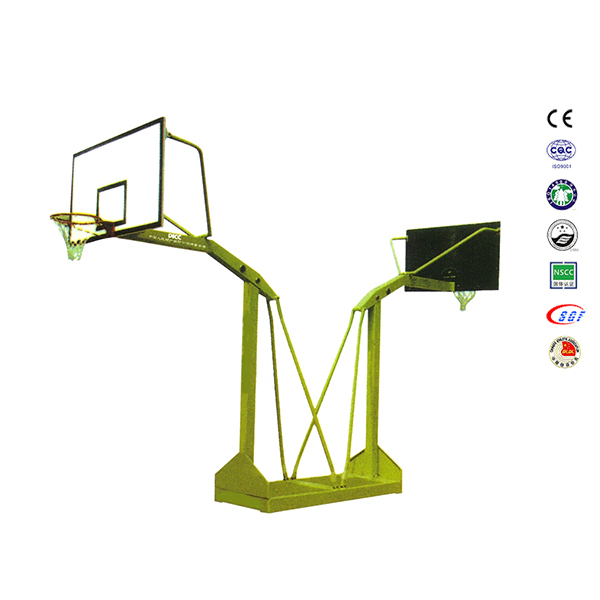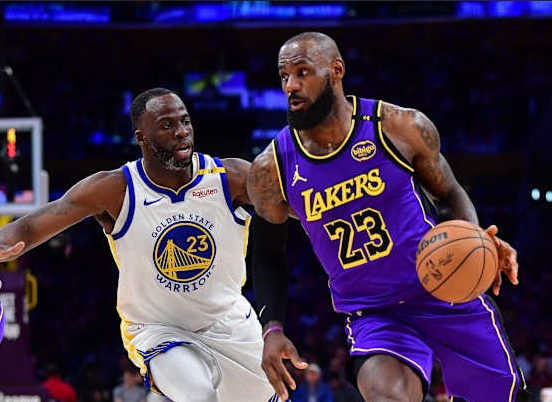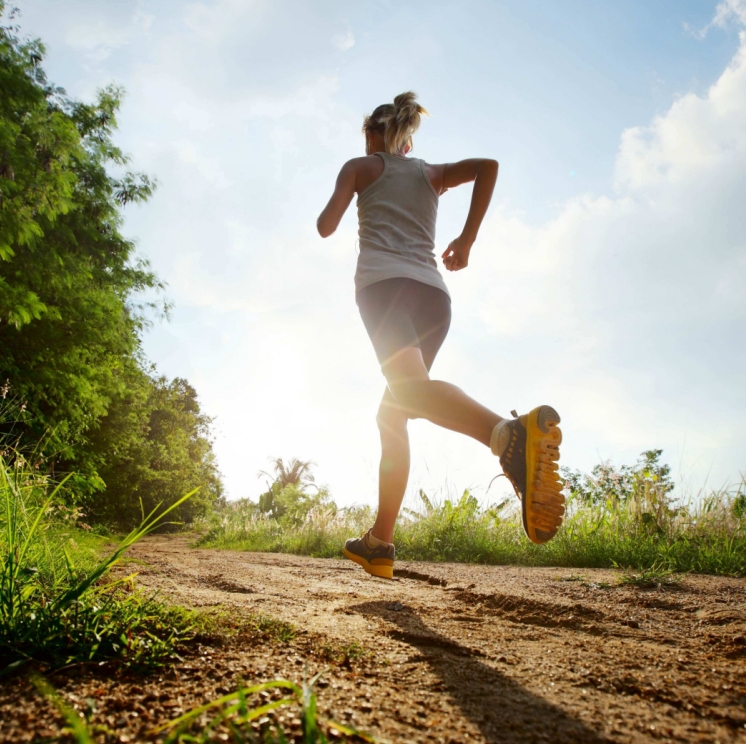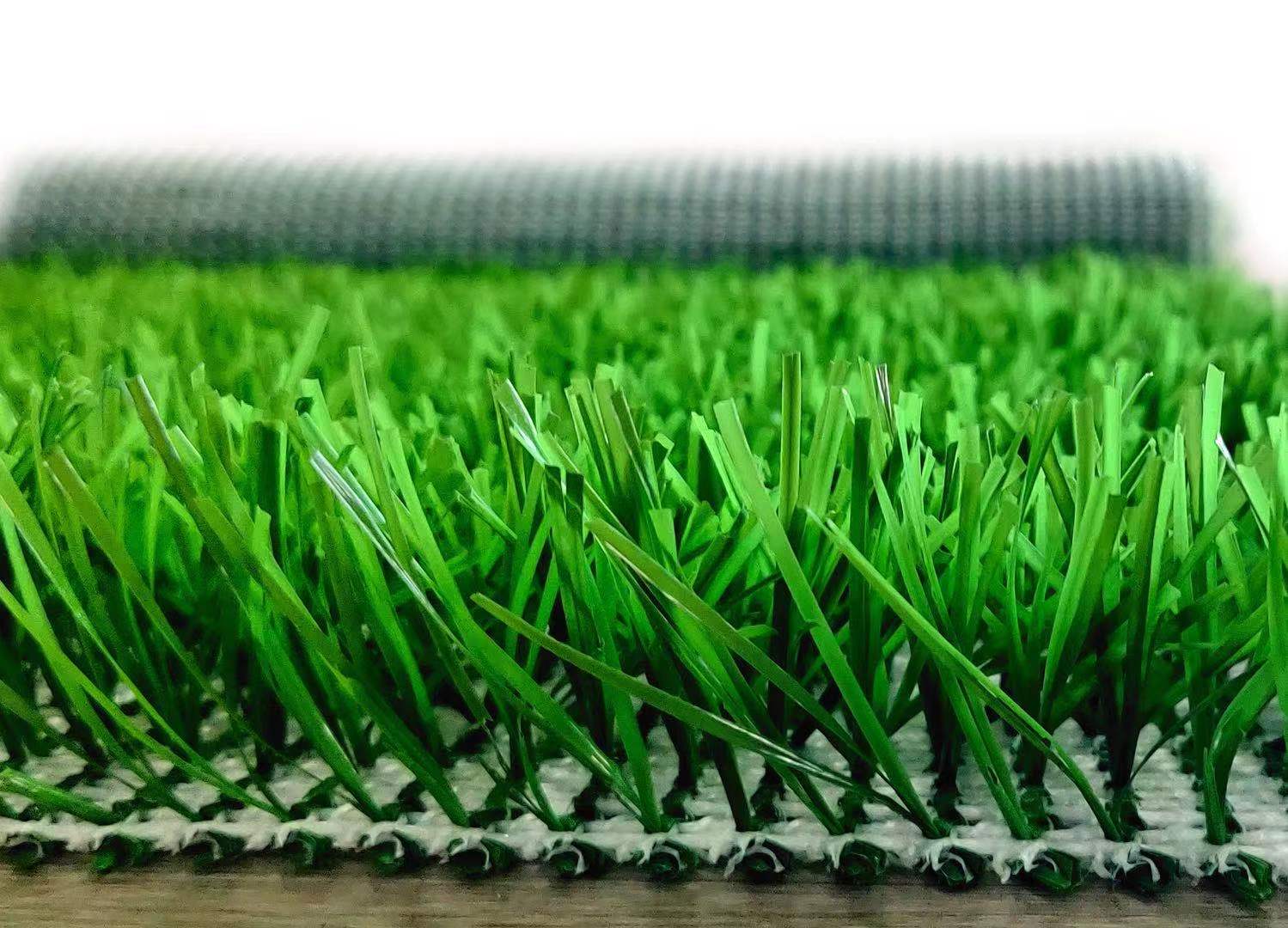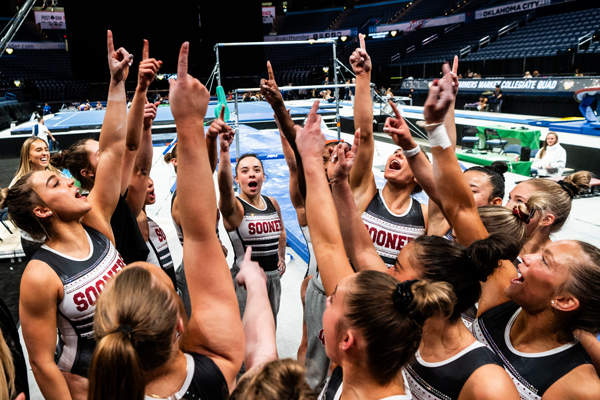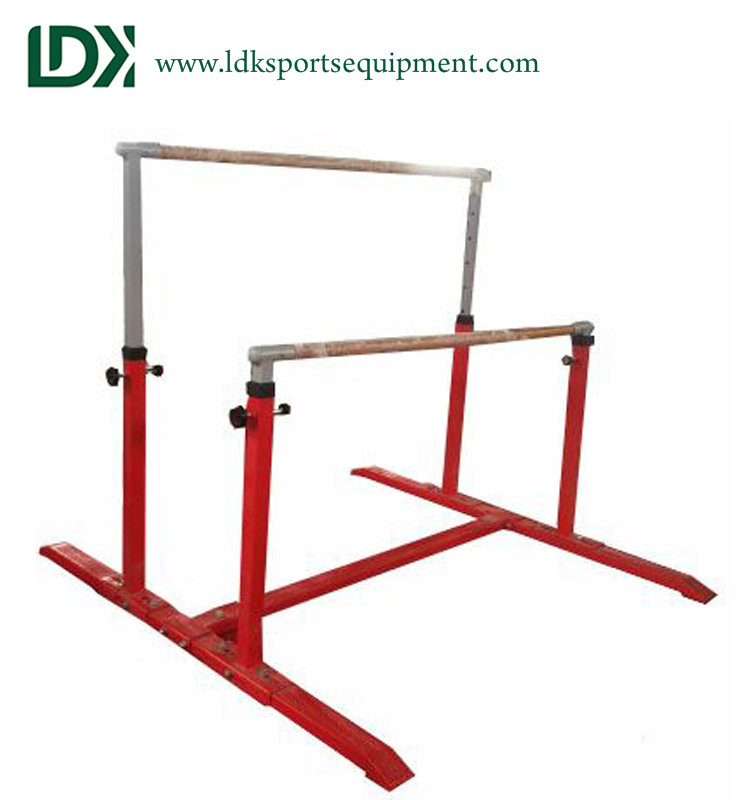Product
Does gymnastics stunt your growth
Basic Info
"If it's really not possible, just go hang on the parallel bars. In our Chinese language, even pulling can elongate the body."
"Gymnastics is definitely not something to practice. How many tall ones do you see practicing gymnastics?"
Recently, a parent talked to the group leader about their child's height issue.
Star Mom from China told the group leader that the doll was originally practicing artistic gymnastics, but other elders in the family were very opposed to it and moved out the theories mentioned above.
Star Mom pondered for a moment, it seemed like that was the case - after all, every time she saw a gymnastics competition on TV, she found that most gymnasts were not very tall. What is the reason behind this? Does letting children practice gymnastics from a young age really mean they can't grow tall?
For this reason, the team leader specially invited young teacher Yu from the Gymnastics College to provide professional answers and suggestions for parents.

Cheap Kids Gymnastics Equipment Uneven Bars
Does practicing gymnastics mean growing tall?
Regarding this statement, Teacher Yu stated that scientists have shown in their research that genetic inheritance is the main factor determining height, while nutrition, exercise, sleep, emotions, etc. are the acquired factors that affect height. Therefore, gymnastics practice cannot affect height.Of course, there are still many theories about height testing on the internet, and many websites have launched height testing publicity and automatic calculation systems. However, scientifically speaking, the statement that "gymnastics does not grow tall" does not hold true.
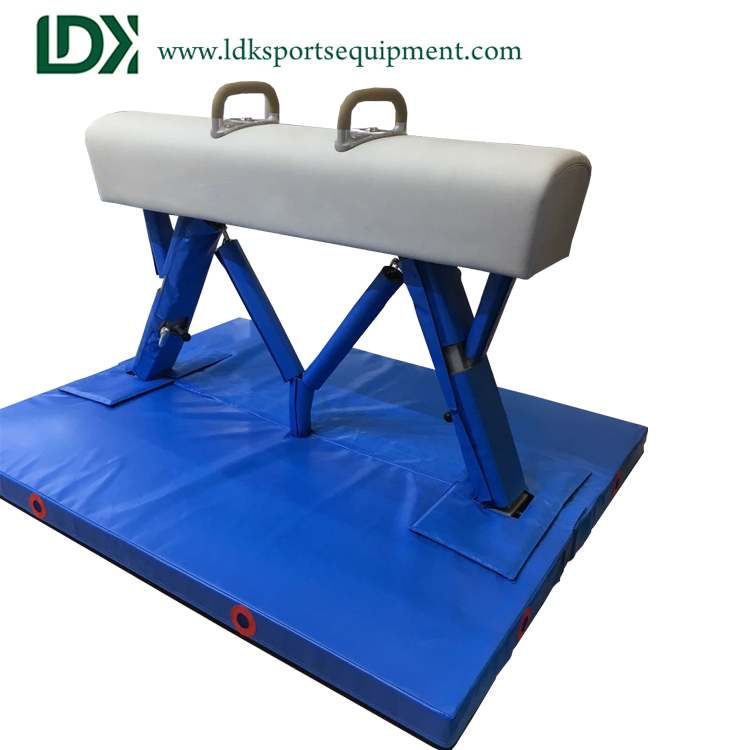
Gymnastic Equipment Pommel Horse
Why do parents have this understanding?
Teacher Yu said that the main reason is that there are not many people who have a deep understanding of Gymnastics, as people do not have more knowledge about gymnastics except for sports competitions such as the provincial, national, Asian, and Olympic Games.But are the gymnasts really not tall? Teacher Yu said that this involves knowledge related to "sports talent selection". For example, the Olympic gymnastics competition belongs to competitive gymnastics, and completing difficult movements (such as jumping, somersaults, rotations, etc.) requires overcoming one's own gravity. Therefore, when selecting gymnasts, one tends to prefer athletes whose parents are shorter and their own height is shorter, because shorter bodies are more conducive to overcoming one's own gravity and quickly flipping in the air when completing movements. However, it should be noted that if the amount of exercise is overloaded and nutrition is insufficient during training, it can to some extent affect height development.
Gymnastics, known as the "father of sports", is the earliest form of "sports". It is the same as the "mother of sports" in athletics and is the foundation of all sports.

Many parents are also curious about the benefits of practicing gymnastics?
What is different from other projects? Who can practice it? What can I practice?Teacher Yu said that gymnastics is actually very rich in content, with many types of movements, such as unarmed exercises, equipment exercises, rolling, inversion, suspension, balance, climbing, jumping, support, rotation, somersaults and other types of movements. When practicing these movements, nerves and muscles will participate in a wide range. Compared with other projects, gymnastics movements are often completed in an inverted, suspended, and airborne state, which plays an irreplaceable role in promoting people's neural control ability, spatial and temporal sense, sensory integration ability, and so on.
Research has shown that normal adults and children, as well as individuals with intellectual disabilities, have significantly improved sensitivity and coordination after practicing gymnastics, and their intelligence has also improved. Especially in the early childhood and children stage, practicing Gymnastics has a significant effect on improving their sensory integration ability. Moreover, systematic participation in gymnastics exercises plays an important role in people's flexibility, hands-on ability, resilience, and other aspects, and is also the foundation for developing athletic abilities.
Of course, individual differences are significant, and parents can decide how to practice gymnastics based on their child's actual problems, such as developing limb coordination and sensitivity. They can start from the distal end (eccentric visceral distance) with unilateral - ipsilateral symmetry - contralateral symmetry - contralateral asymmetry... slow - medium - fast... single stimulus - double stimulus - multiple stimuli... upright - semi inverted - inverted - flipped... Practice according to the principles of participating parts, spatial changes, and movement types from few to many, and from simple to complex.
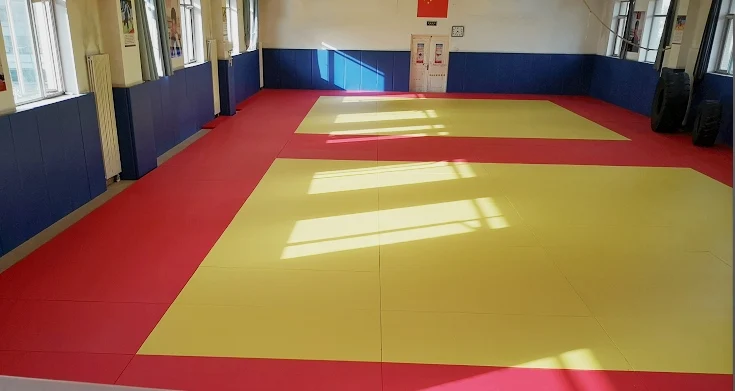
What do you need to prepare for practicing gymnastics?
In fact, what needs to be prepared can be divided into two groups: practitioners (of different age groups), and practitioners' guardians or supporters (parents, friends, peers).It is worth noting that there are many movements in gymnastics that are different from regular postures. Practitioners need to participate in various forms of practice in order to comprehensively promote their neuromuscular control ability. Before practice, in addition to pre exercise clothing and warm-up preparations, they also need to be prepared to try new things, climb and challenge themselves.
The guardians or supporters of practitioners, especially parents, should not only assess the needs of their children, choose professional institutions, and pay corresponding fees, but also serve as encouragement, motivators, and perseverers for their children.
Overall, gymnastics essentially belongs to sports, and the function of sports is not only to enhance physical fitness, but also an indispensable means of exercising willpower. Therefore, parents should also maintain a good mentality, find their children's interests, eliminate utilitarianism, and make physical fitness the original intention and goal of their children's learning of sports.







